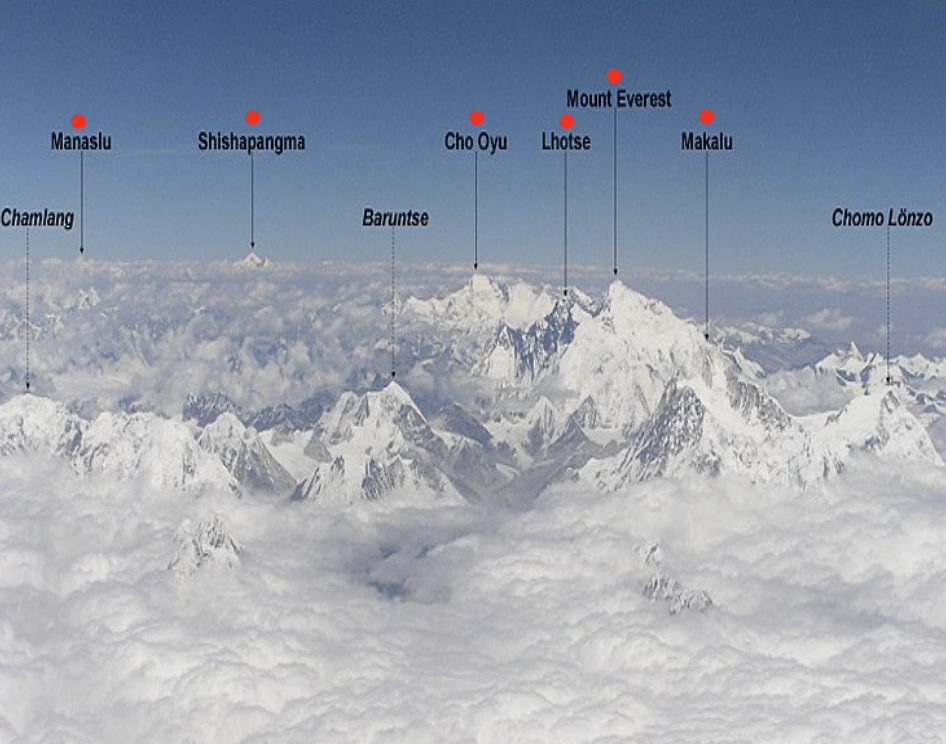By Priyanka Singh
The Why Series!
Thank you, Yashasvi, for such an interesting question!
Airplanes often avoid airpaths that take them over Himalayas, Arctic region, Antarctica, and the Pacific Ocean and the reasons are as follows:
- Commercial airplanes usually fly at the altitude of 31,000 to 38,000 feet (9.5 to 11.5 km). The average height of the Himalayas is more than 20,000 feet (6.1 km), including Mount Everest that stands tall at 29,035 feet (8.848 km). To maintain a safe distance from the Himalayas while flying, the airplanes have to fly even higher into the stratosphere. Air is quite thin there and the aircraft is susceptible to more turbulence as wind has more force due to the mountains below.
- When an aircraft runs out of oxygen, it dips to 10,000 feet to replenish its supply. This manoeuvre cannot take place over Himalayas for obvious reasons.
- The radar services are nonexistent over Himalayas, so there is no mode with which a pilot can communicate with the ground.
- The Indian Air Force and China’s People Liberation Army Air Force unit conduct their routine training exercise over these areas, thereby there is limited access of the skies to the commercial flights.
- There is lack of flat terrain in Himalayas. So, if a flight has to undergo emergency landing, they will have no options at all.
- Then there is the problem of fuel freeze. The jet fuel freezes at -47 degree centigrade. Usually, this problem can be averted by flying low, but one can’t fly low over Himalayas.
- The Arctic region, Antarctica, and the Pacific Ocean are also not favored by the airlines due to the lack of the landing strips in case of an emergency landing.
Nevertheless, some planes do scale the skies above Himalayas. Just not very frequently. Please do share your thoughts if you were lucky enough to experience one.

Photo Credit: Ignat/Wikimedia Commons

